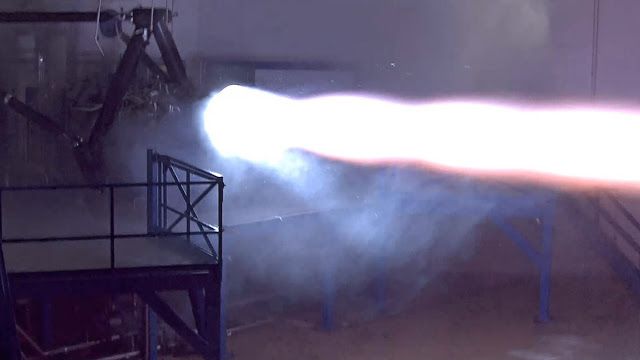Category: space travel – Page 493

Positron Dynamics Paves the Road to the Final Frontier
Ever since Jules Verne and before — perhaps as early as the 5th century B.C. — writers, philosophers and scientists have brought fantasies to life about spaceships carrying humans to other planets, solar systems and galaxies.
Of all the potential targets, only the moon thus far has hosted Earthling “boots on the ground.” Next on most wish lists is Mars. NASA’s tentative schedule designates the first manned mission sometime around 2030.
Aside from the formidable task of designing a safe, efficient vehicle to transport people and supplies, such a mission — depending on the positions of the two planets and other logistics — would take in the neighborhood of nine months each way. Not only is that a long trip, but it would also expose the human body to ambient space radiation for close to a year. Can’t this travel time, many have asked, be cut down somehow?
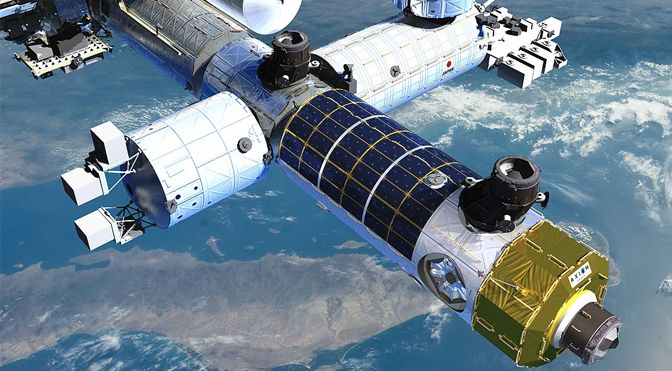
A new space firm plans a commercial station to take over for the ISS
The International Space Station is getting on in years, and at some point in the next decade we’re going to learn the date of its shutdown. But what comes next? A new company called Axiom Space has a plan to launch a commercial space station in the next few years, which would get its start as a module attached to the ISS.
It’s easy to shrug off a plan from a company you’ve never heard of, but Axiom has some big names on board. For example, it’s led by one Mike Suffredini, who managed NASA’s ISS program for 10 years. The time is fast approaching that we need to come up with a successor to the ISS, and Axiom’s commercial station could be it.
The plan calls for the core module to be launched around 2020. There are two versions of this phase of construction; one in which the 9×5 meter module (known as Module 1) is launched in one piece, and another where it’s sent up in pieces and assembled in orbit. Assembling in space would take longer, but sending it up as a single payload would be expensive and risky. The completed Module 1 will have its own propulsion, so it will fly to the ISS after reaching orbit.
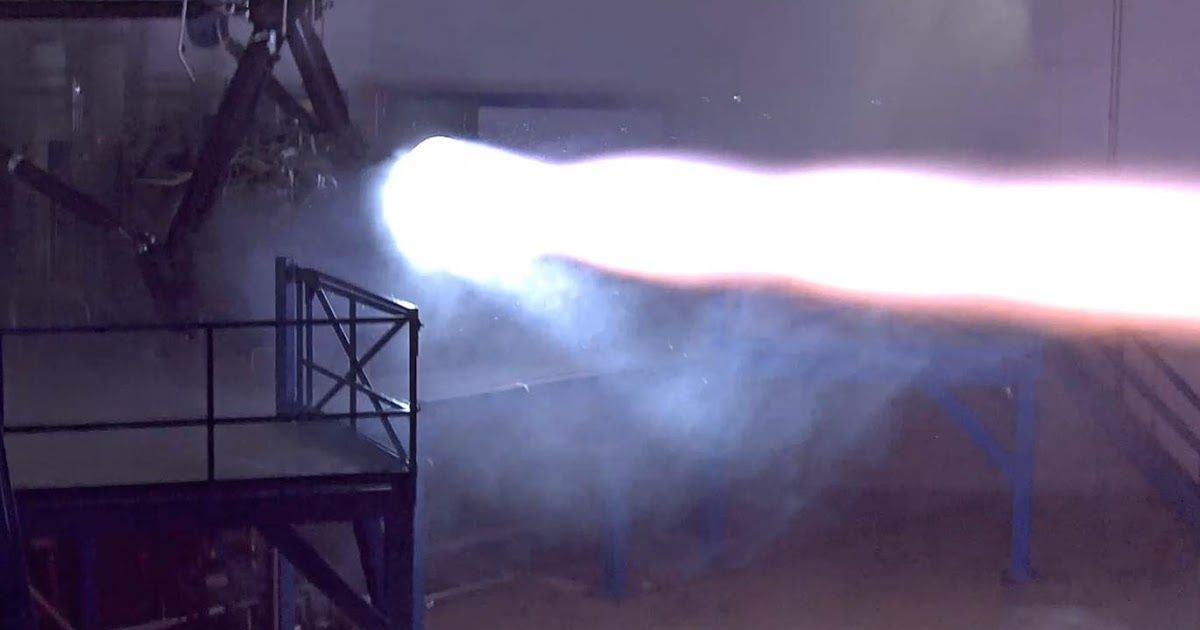
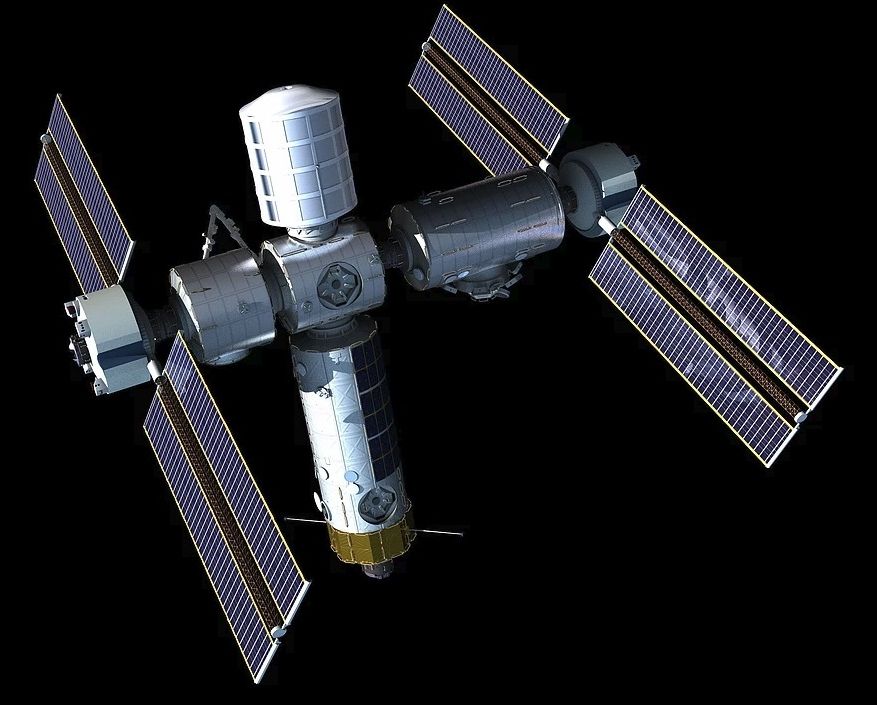

Uncertain Propulsion Breakthroughs?
Now that the EmDrive has made its way into the peer-reviewed literature, it falls in range of Tau Zero’s network of scientist reviewers. Marc Millis, former head of NASA’s Breakthrough Propulsion Physics project and founding architect of the Tau Zero Foundation, has spent the last two months reviewing the relevant papers. Although he is the primary author of what follows, he has enlisted the help of scientists with expertise in experimental issues, all of whom also contributed to BPP, and all of whom remain active in experimental work. The revisions and insertions of George Hathaway (Hathaway Consulting), Martin Tajmar (Dresden University), Eric Davis (EarthTech) and Jordan Maclay (Quantum Fields, LLC) have been discussed through frequent email exchanges as the final text began to emerge. Next week I’ll also be presenting a supplemental report from George Hathaway. So is EmDrive new physics or the result of experimental error? The answer turns out to be surprisingly complex.
By marc millis, george hathaway, martin tajmar, eric davis, & jordan maclay
It’s time to weigh in about the controversial EmDrive. I say, controversial, because of its profound implications if genuine, plus the lack of enough information with which to determine if it is genuine. A peer-reviewed article about experimental tests of an EmDrive was just published in the AIAA Journal of Propulsion and Power by Harold (Sonny) White and colleagues: White, H., March, P., Lawrence, J., Vera, J., Sylvester, A., Brady, D., & Bailey, P. (2016), “Measurement of Impulsive Thrust from a Closed Radio-Frequency Cavity in Vacuum,” Journal of Propulsion and Power, (print version pending, online version here.


China Claims Promising Results In EmDrive Testing, Stakes Big Claim In ‘Space Race’
Could the so-called EmDrive be close to debuting for real, helping spacecraft travel through space and producing thrust without the help of propellant? One month after NASA’s exciting study on the drive that suggested it may work, Chinese researchers have just confirmed that they’ve been running some tests on their own version of the drive in low-Earth orbit, adding some intrigue to what some have called a modern-day “space race” with the U.S.
According to Digital Trends, the EmDrive was originally designed in 2001 by Roger Shawyer as a propulsion system that doesn’t rely on conventional means to operate. That means that it doesn’t make use of fuel to do its work, thus making spacecraft considerably lighter and easier to maneuver, while also potentially reducing costs. Another exciting aspect of the drive is its potential to push spacecraft to unusually high speeds – as Digital Trends described it, that could mean sending humans to the outer reaches of the solar system in mere months, instead of years.
#EMdrive w/ Carbon 14 #diamondbattery could allow our children to explore space using radioactive waste. @cabotinstitute @neiltyson pic.twitter.com/e76rMERCTx

Interstellar Human Hibernation –Science of Deep-Space Travel from From ‘Aliens’ to ’Arrival‘
In “Passengers,” a 2016 science-fiction thriller film two space travelers wake up 90 years too soon from an induced hibernation on board a spaceship bound for a new planet. From “Aliens” to “Interstellar,” Hollywood has long used suspended animation to overcome the difficulties of deep space travel, but the once-fanciful sci-fi staple is becoming scientific fact. The theory is that a hibernating crew could stay alive over vast cosmic distances, requiring little food, hydration or living space, potentially slashing the costs of interstellar missions and eradicating the boredom of space travel.
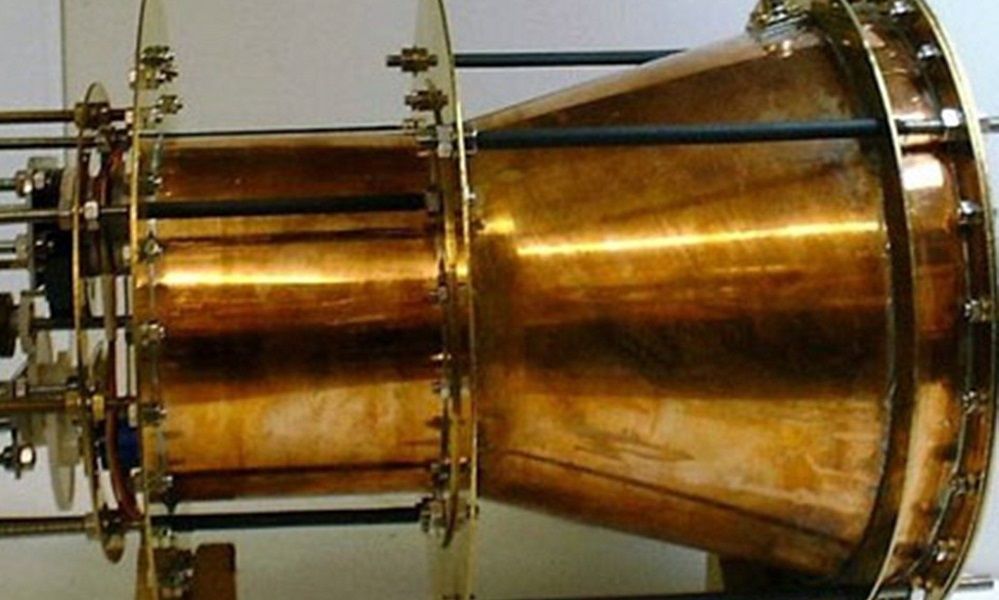
China claims success with new ‘reactionless engine’ EmDrive
In what appears to be the latest breakthrough in space travel technology, China claims it has made a great leap forward with its ‘reactionless’ Electromagnetic Drive, or simply, EmDrive – an engine that uses only the power of electromagnetic radiation contained within a microwave cavity.
The EmDrive flies in the face of physics – going against the law of conservation of movement; producing mechanical movement but without an exchange of matter.
